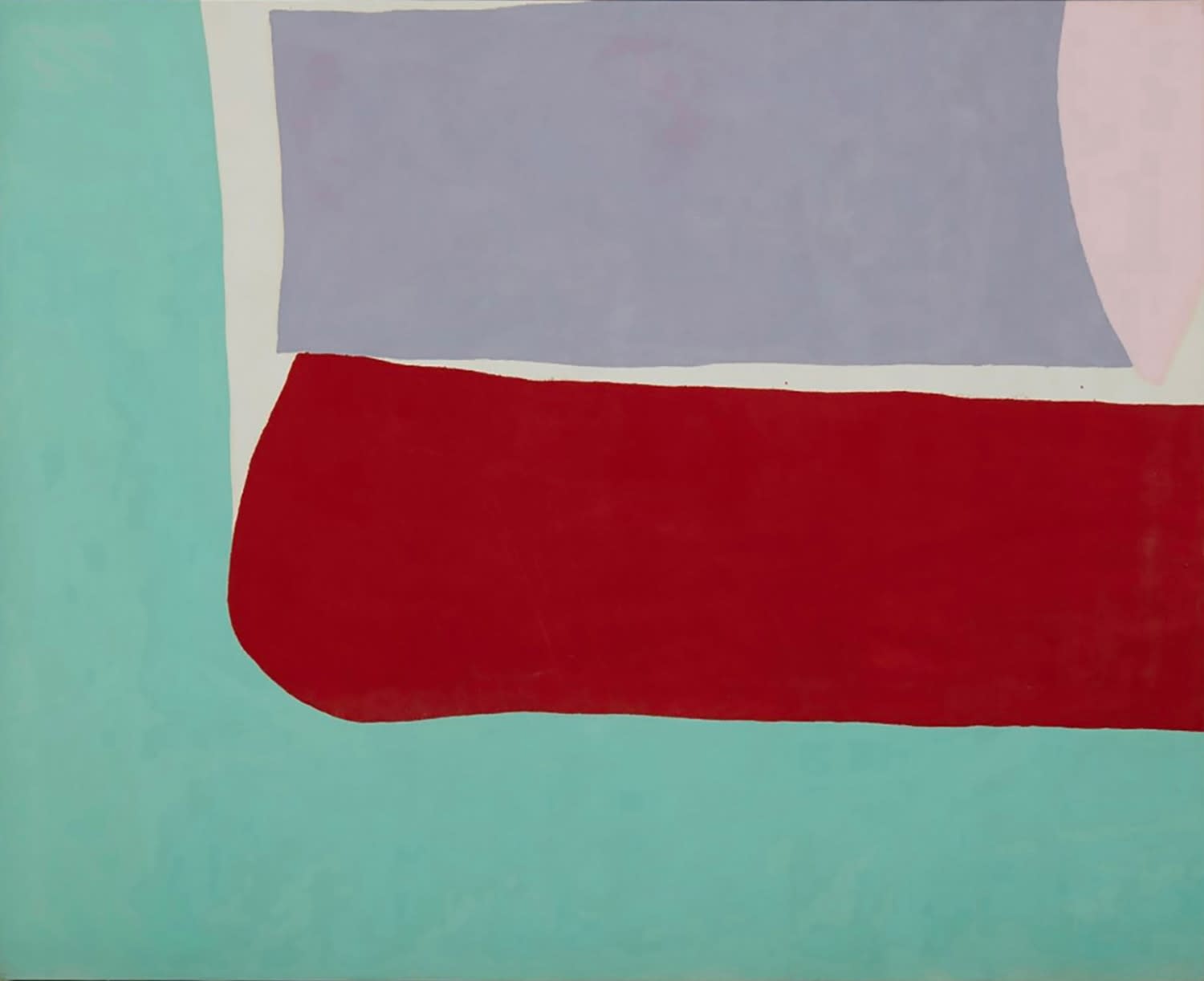artist
Friedel Dzubas was born in 1915 in Berlin, Germany. He studied at the Prussian Academy of Fine Art in Germany and under Paul Klee in Dusseldorf from 1936-1939 before immigrating to the United States in order to escape the Nazis. Dzubas settled in New York City and in the 1950’s shared a studio with the American Abstract Expressionist painter Helen Frankenthaler. Dzubas’s paintings were well received in the critical New York art world, and his career soon began to flourish in the vibrant atmosphere of artistic creativity of the Post World War II era. He was invited in 1951 to show his work at the historical, ground-breaking exhibition entitled “The Ninth Street Show” along with such other notable artists as Hans Hofmann, Willem and Elaine de Kooning, Philip Guston, Joan Mitchell, Robert Motherwell, and Jackson Pollack. His abstract paintings were also exhibited at such other influential venues as the Leo Castelli Gallery which was known to showcase cutting edge Contemporary art; at the Tibor de Nagy Gallery which was involved in the discovery of many of the Second Generation Abstract Expressionist Movement’s most important artists including Grace Hartigan, Red Grooms, Kenneth Noland, Fairfield Porter and Larry Rivers; and at the Stable Gallery founded by Eleanor Ward in 1953 that annually hosted the “Stable Annual” ,an exhibition of works by both established and emerging artists of the time in memory of “The Ninth Street Show”.
Friedel Dzubas painted throughout his long life and left behind a large number of works that spanned five decades. His works were positively received, and as his reputation grew, he was asked to exhibit at shows in Los Angeles, London as well as New York City throughout the 1960’s. By the 1970’s and continuing into the 1980’s he was showing his paintings at prestigious galleries in Canada, Switzerland, and in his former homeland of Germany.
In the 1960’s Dzubas became enamored of what was known as “Color Field “ painting which experimented with solid areas of color that covered the entire canvas as typified by the work of Mark Rothko, Kenneth Noland, and Jules Olitski. These artists were intrigued by the vast expanses of colors that could engulf an entire canvas and sometimes seemed to extend beyond the very borders of the canvas towards infinity. Such blocks of color through their expansiveness created their own individual atmospheric and by extension lyrical effects that would immerse the viewer in a totalitarian color environment. To create these large canvases Dzubas would use magna paint, the world’s first acrylic paints that dried quickly to a matte or glossy finish. He would apply washes directly to the canvas, then add thick layers of paint, and finally would scrub the paint into the canvas.
From the 1960’s onward Dzubas was represented by Knoedler Contemporary Arts and the Andre Emmerich Galleries. His works comprised over 60 solo shows around the globe and yet Dzubas still found time to teach at Dartmouth College (1962), the Institute of Humanistic Studies in Aspen (1965-6), the University of Pennsylvania (1968-9), Cornell University (1969-1970), and the Museum of Fine Arts in Boston (1976-1983). In 1976 he moved to Newton, Massachusetts, although he still maintained space in New York City where he lived and continued to paint. His paintings continued to be exhibited in New York City.
provenance
Loretta Howard Fine Art, NY
Acquired from the above by Barbara and Ira Lipman, April 2003
Sotheby’s NY, Contemporary Curated, 12 March 2021, lots 58 and 59,
exhibitions
Memphis, The Dixon Gallery and Gardens, Friedel Dzubas: The Ira A. Lipman Family Collection, October 2019 -January 2020
London, Kasmin Limited, Friedel Dzubas: Recent Paintings, September - October 1965
literature
Patricia Lewy, Friedel Dzubas: Our Collection, Memphis 2019, pp. 56-51, plates 12, 13, figures 13, 14.




















